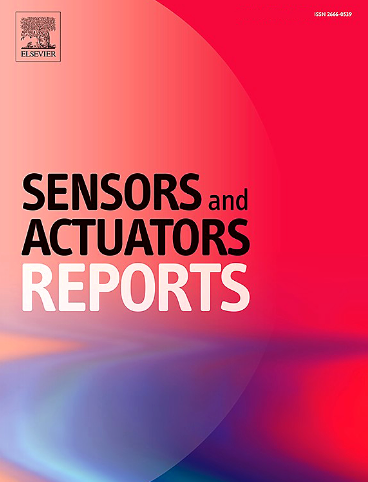Recent progress in memristor-based gas sensors (Gasistor; gas sensor + memristor): Device modeling, mechanisms, performance, and prospects
IF 6.5
Q1 BIOTECHNOLOGY & APPLIED MICROBIOLOGY
引用次数: 0
Abstract
The progress of both the Internet of Things (IoT) and several technologies requires new gas sensor systems that are small, low-powered, and carefully designed. A noteworthy approach in regard to achieving this goal is to develop gas sensors that are based on memristors. These sensors are often referred to as gasistors, which are gas sensors plus memristors, and are being extensively studied due to their weightlessness, high-speed recovery, and efficient miniaturized features. The aim of this research is to present an overview of the existing simulations and experimental results on the gasistor for the benefit of future investigations. The gasistor array structure is primarily utilized in simulation results in order to offer an outline of the composite gas detection approach. The experimental results introduced the response characteristics, selectivity, response speed, and recovery speed of various gasistor materials. Different recovery methods, which included pulse and trigger, were introduced in the experimental field. The last session briefly presented the future perspectives and challenges of the gasistor.

求助全文
约1分钟内获得全文
求助全文
来源期刊

Sensors and Actuators Reports
Multiple-
CiteScore
9.60
自引率
0.00%
发文量
60
审稿时长
49 days
期刊介绍:
Sensors and Actuators Reports is a peer-reviewed open access journal launched out from the Sensors and Actuators journal family. Sensors and Actuators Reports is dedicated to publishing new and original works in the field of all type of sensors and actuators, including bio-, chemical-, physical-, and nano- sensors and actuators, which demonstrates significant progress beyond the current state of the art. The journal regularly publishes original research papers, reviews, and short communications.
For research papers and short communications, the journal aims to publish the new and original work supported by experimental results and as such purely theoretical works are not accepted.
 求助内容:
求助内容: 应助结果提醒方式:
应助结果提醒方式:


